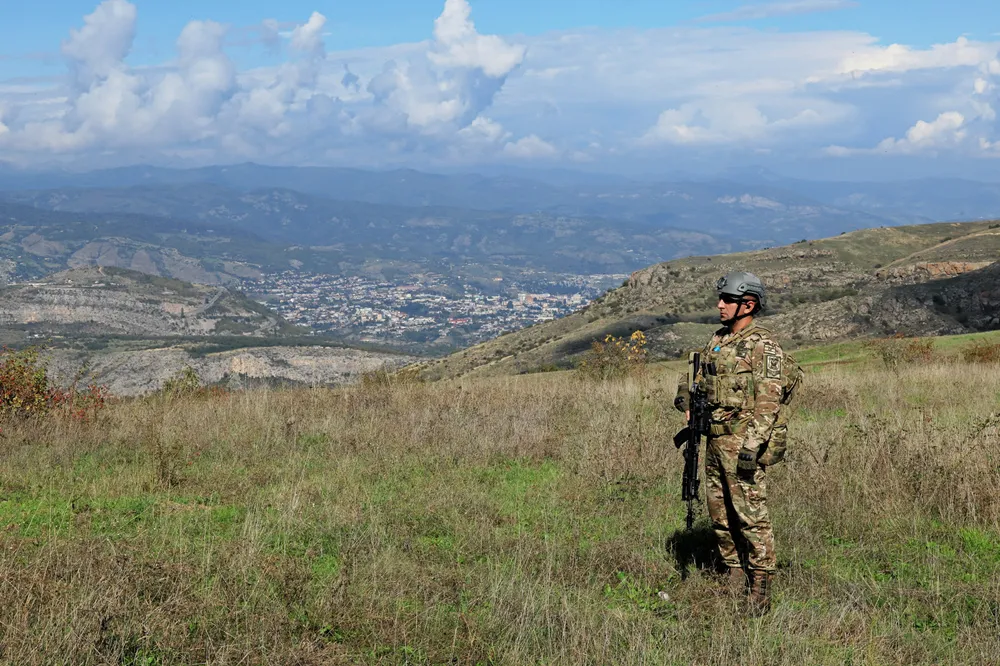COP29 host Azerbaijan plans Europe-bound exports of green hydrogen made in 'recently liberated territories'
Energy minister suggests that while offshore wind in the Caspian Sea will power electrolysis, production will take place further inland in Nagorno-Karabakh
